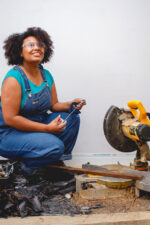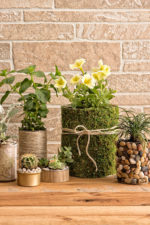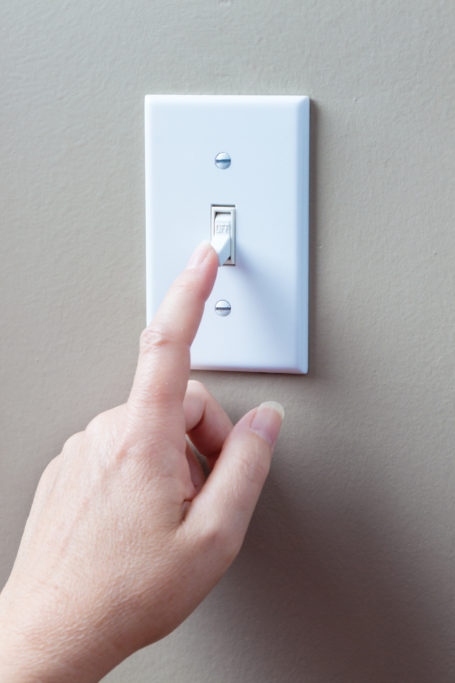How to Hang (Almost) Anything
Other than adding a fresh coat of paint, hanging pictures and decorations can be the easiest way to make your house feel like home. But knowing how to hang those items can be a different story. From plaster to drywall, there are different tools, methods, and best practices depending on the type of walls you’re working with.
Don’t worry! We’ve curated a list of the most common wall types and the materials and tips you’ll need to get started. Here’s to happy hanging!

Drywall
For light items:
- Measuring tape
- Pencil
- Hammer
- Nail
- Level
For heavy items:
- Stud finder
- Drill bit
- Drill
- Wall anchor
- Screwdriver
- Screw
Best practices:
Before hammering a light object, measure where you want it to hang, and mark the area with a pencil. Hammer the nail at a 45-degree angle, hang the item, and check that it is level. For heavier items, you’ll need a stud finder so you can hammer directly into a stud and an anchor for support. Once you’ve marked your spot, drill a hole in the wall slightly smaller than the anchor. Hammer in the wall anchor, and use the screwdriver to insert the screw. Hang the item, and check that it is level.

Tile
Materials:
- Measuring tape
- Painter’s tape
- Pencil
- Coolant such as mineral oil or water
- Drill
- Carbide-or diamond-tipped drill bit
- Hammer
- Wall anchor
- Screw
Best practices:
Measure where you want the object to hang, then use a pencil to mark on a piece of painter’s tape, which will help protect the tile later on. Next, dip the drill bit in the coolant for ten seconds, and slowly begin drilling. Apply light pressure, and gradually increase the drill speed until you have reached the desired depth. If the drill bit begins to overheat at any point, take it out and dip it in the coolant again. Finally, using a hammer, drive the wall anchor into the wall. Drill in the screw. Then hang the item, and check that it is level.

Plaster
For light items:
- Measuring tape
- Pencil
- Painter’s tape
- Drill bit
- Drill
- Hammer
- Nail
- Level
For heavy items:
- Wall anchor
- Screw
- Screwdriver
Best practices:
Measure where you want the object to hang, and mark with a pencil. With plaster walls, you’ll want to put a piece of tape under your hole on the wall to catch any discarded plaster. Use another piece of tape to mark the spot where you want to drill. Drill a pilot hole through the tape to help prevent your plaster from cracking, and hammer in your nail. For heavier items, drill a larger hole for the wall anchor, and then drive in the screw. Finally, hang your item, and check that it’s level.

Stone or Brick
Materials:
- Measuring tape
- Pencil
- Painter’s tape
- Drill
- Drill bit
- Wall anchor
- Hammer
- Screwdriver
- Screw
- Level
Best practices:
Before you get started, measure where you want the object to hang, and mark the spot with a pencil. Next, use painter’s tape to mark an inch from the tip of the drill bit so you don’t drill too far. Drill the spot you marked, making sure to stop once you reach the tape on the drill bit. Using a hammer, insert the wall anchor into the hole, and then drive in the screw. Hang the object, and then check that it is level.

Wood
Materials:
- Measuring tape
- Pencil
- Drill or hammer
- Screw or nail
- Wall anchor
- Level
Best practices:
Measure where you want the object to hang, and then mark it with a pencil. Using your drill, start a small pilot hole first to help minimize splitting. (A nail will suffice for wooden walls, but a screw provides great holding power.) Drive in the nail or screw, and then hang your object—checking to ensure it’s level. For thinner wooden walls, such as paneling, follow this same process, but use a wall anchor that will spread out behind the wall.


















